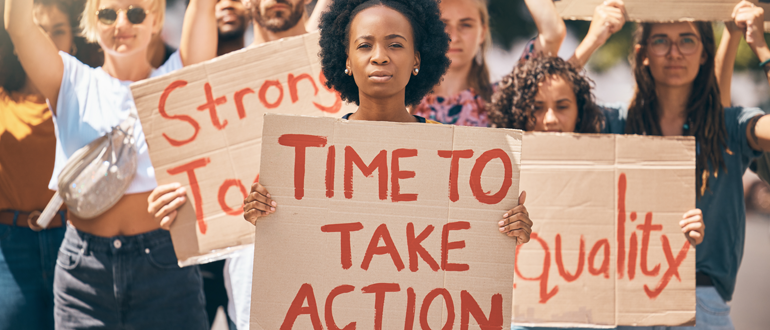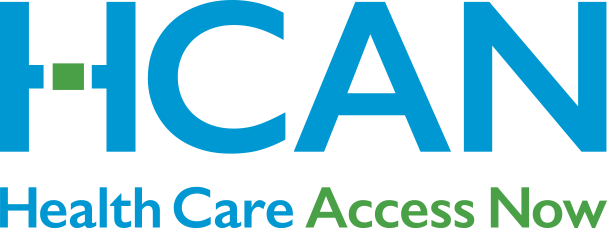Action items to reduce poverty

Many people are aware that a disproportionate number of Cincinnati citizens are living in poverty. Many people understand that the current poverty rate is a legacy of a system steeped in racism. Many people get involved in their communities to help those living in poverty by volunteering or donating.
But many of those same people wonder how, exactly, do we make changes to policies and systems that diminish—or even eliminate—the effects of poverty? Here are five action items to consider when you make voting decisions or discuss poverty issues with other community members.
Advocate for:
1. Livable wage
According to the living wage calculator, a single adult in a household with one child in Hamilton County would need to make $32.69 per hour to have a living wage. But the minimum wage is $9.30 per hour. That’s a big difference.
2. Wage gap elimination
Women make 82 cents for every $1 men earn. When you break it down by race/ethnicity, the disparity increases, with Black women earning 79 cents, Latina women earning 78 cents, and Native American women earning 71 cents for every $1 men earn.
When you consider that 80% of the single-parent households in the U.S. are headed by women, it’s easy to see how gender pay inequity contributes to poverty.
3. Sick leave
Access to sick leave is correlated with earning a high wage. For example, 69% percent of “service workers in the accommodation or food service industry lack access to paid sick days.” If someone working a low wage job becomes sick, they must make a choice: go to work sick or lose a chunk of their paycheck. Most people working low wage jobs cannot afford to make that choice.
4. Worker protections
People who work lower paying jobs are often at the mercy of their employers. Worker protections can prevent worker exploitation—which can do things like keep wages low and prevent access to benefits like health insurance.
Often, unions can provide those protections, but union membership has been steadily declining over time.
5. Health care equity
The Affordable Care Act has done a lot to increase access to health care—particularly for those with pre-existing conditions—but health care disparities still very much exist.
Whether due to unconscious bias by individual physicians or lack of access to high quality care for people without private health insurance, health care inequity is a reality faced by low-income people and people of color. Social and economic inequities drive health disparities.
Health Care Access Now (HCAN) aims to bring health equity to the Cincinnati region. By training and placing Community Health Workers in marginalized communities, HCAN works to identify and eliminate obstacles to its clients’ good health outcomes.
Talk to your local representatives to discover where they stand and how they address issues of poverty and find out how you can help!






